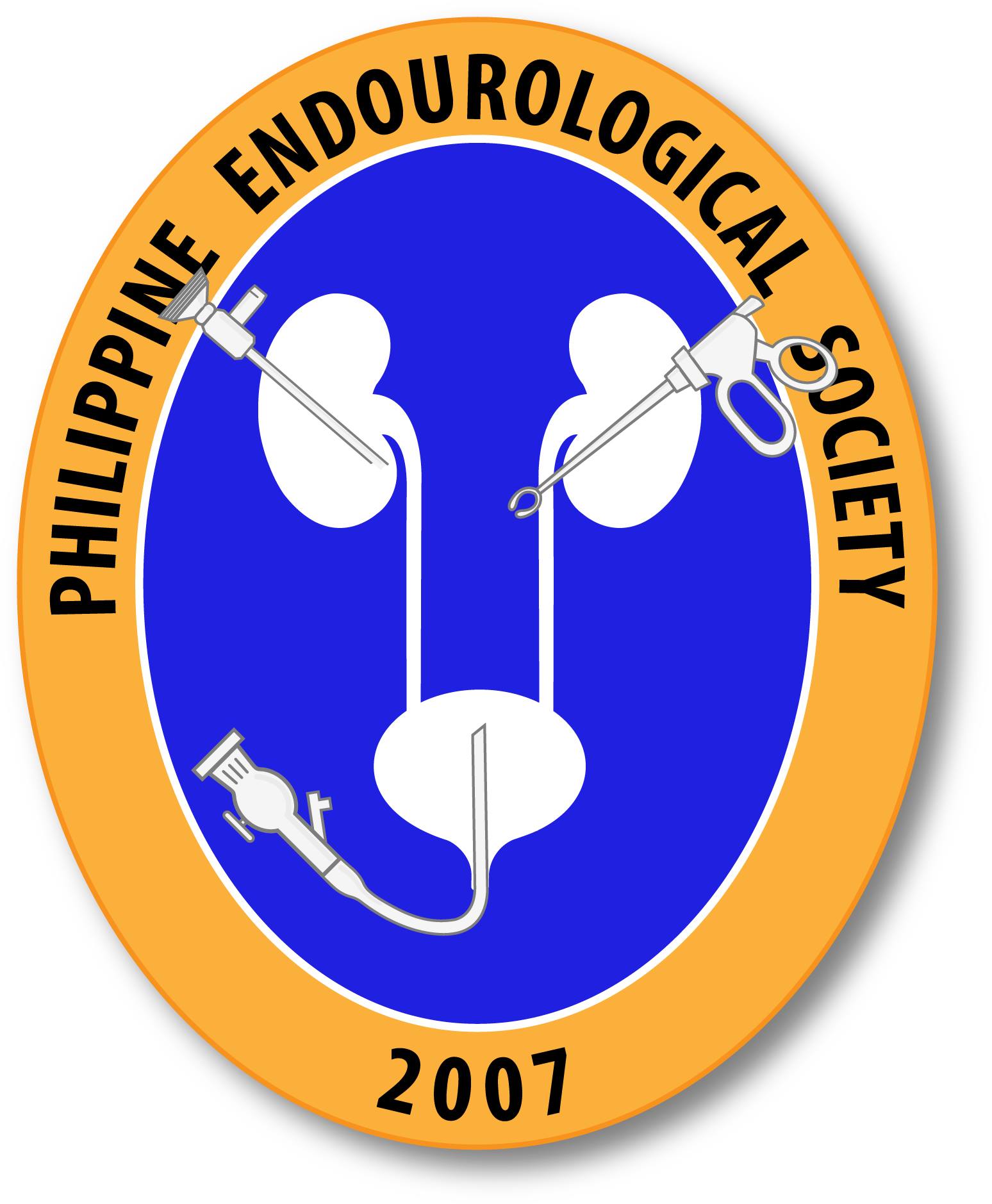Emerging drugs to target lower urinary tract symptomatology (LUTS)/benign prostatic hyperplasia (BPH): focus on the prostate.
The benign prostatic syndrome, comprising lower urinary tract symptomatology secondary to benign prostatic hyperplasia/enlargement, represents a major health care issue in westernized countries. The pharmacological management involves alpha-adrenoceptor antagonists, intervention into the hormonal control of prostate growth using inhibitors of the enzyme 5-alpha-reductase, and stimulation of the nitric oxide/cyclic GMP pathway by tadalafil, an inhibitor […]
